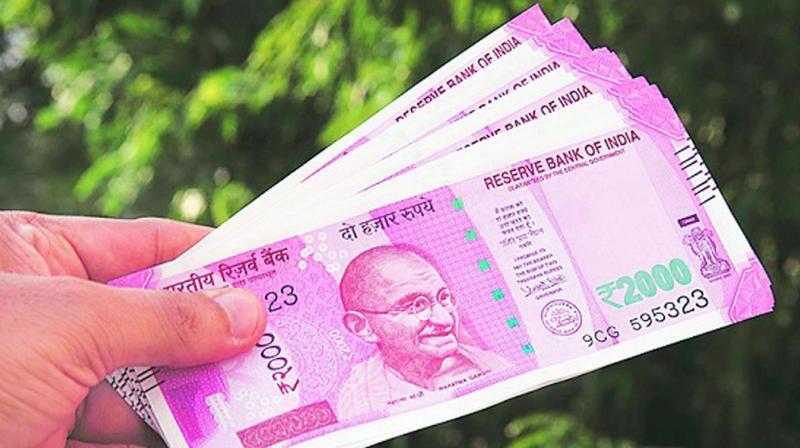Fed status quo to help rupee, bonds
Says Samir Lodha, Managing Director of QuantArt, a forex advisory firm.

Mumbai: The US Federal Reserve’s decision to leave its key benchmark rate unchanged on May 1 will be positive for the rupee and the domestic bond market for the short-term but much would depend on the election outcome.
Despite renewed calls by President Donald Trump to cut interest rates, the Fed decided to keep the Federal Funds rate between 2.25 per cent and 2.5 per cent. It stuck to its wait-and-watch approach outlined earlier this year amid uncertainty about where the US economy is headed. The Chairman remarked that the Fed did not see a strong case for rates moving in either direction and was comfortable with the current policy stance.
Says Samir Lodha, Managing Director of QuantArt, a forex advisory firm, “With the US Fed being on hold, dollars will flow into emerging market economies, including India, and we have already started seeing the inflows. Also, the perception of NDA win is adding to the rupee’s stability.
“Moreover, Brent crude has stabilised at $72 and so we expect the rupee to close at 69 to 70 till May 19 post-which there could be a movement on either side depending on the election outcome. However, global risk sentiments remain supportive of the rupee. The RBI too has been taking growth-supportive rate decisions. The 10-year yield is likely to soften to 7.25 or lower.”
According to a report of Care Ratings, “No change in interest rates for the present and possible rate cuts if inflation remains very weak in the USA can be a positive for FPI flows to the emerging markets, including India. This will help to boost our capital account and counter the higher CAD due to higher oil prices.”
“The dollar will remain stable and not likely to appreciate too much which is good for the rupee which is under pressure at present due to the oil factor,” said the Care report.
However, according to a study done by Madhavi Arora, Lead Economist, Edelweiss Securities, historical trends show that the May month has seasonally been a significantly unfavourable month for the rupee in the last decade as the rupee depreciated in eight out of the last nine years, with an average depreciation of around 2.14 per cent in the month of May. Interestingly, the rupee deviated once from the May seasonality in May 2014–the last general election year, which surprised with better-than-expected outcome–implying the rupee gained 2.04 per cent by the end of May 2014, even though the gains faded in subsequent months.

